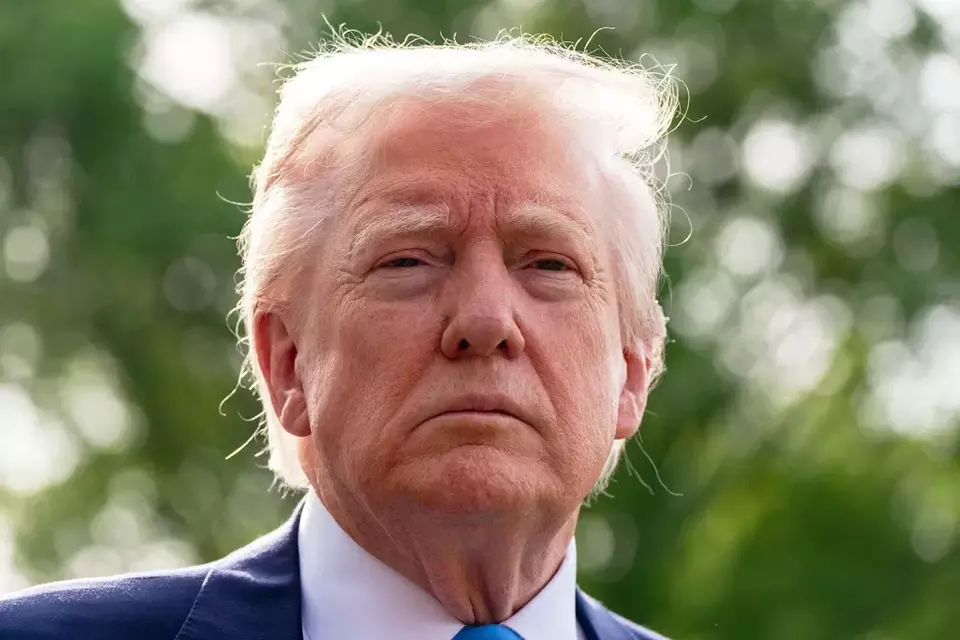
The finance chiefs of the ASEAN+3 countries recently agreed to take a better advantage of the world’s largest trade pact, namely the Regional Comprehensive Economic Partnership or RCEP, as trade protectionism grows in the wake of the US’ tariff salvo.
US President Donald Trump’s round of tariffs has caused a major upheaval in global economies. Trump’s tariffs on ASEAN countries range from the baseline 10 percent to a whopping 49 percent, with Cambodia being the hardest hit. The US wants to slap a 32 percent import tax on goods from Indonesia.
ASEAN+3 recently sent its finance ministers and central bank governors to discuss the current economic developments in Milan on Sunday local time. The group brings together the 10 members of the Southeast Asian bloc, Japan, South Korea, as well as Washington’s top rival China who is now facing a crippling 145 percent tariff. The countries issued a joint statement that warned members of protectionist trade policies, although the document did not directly call out Trump for his tariffs.
“Escalating trade protectionism weighs on global trade, leading to economic fragmentation, affecting trade, investment, and capital flows across the region. Near-term prospects may also be affected by other external risks, including tighter global financial conditions, growth slowdown in major trading partners, and reduced investment flows,” the joint statement reads.
ASEAN+3 finance chiefs also said that the grouping would continue to support a “free, fair, and open” multilateral trading system with the World Trade Organization at its core. The ministers also agreed to make sure that the industrial and supply chain remained stable and unimpeded. The latter part of the document touched on the RCEP, saying that ASEAN+3 “fully supports the robust implementation of the RCEP”.
US President Donald Trump speaks with reporters at the South Lawn of the White House, Friday, April 25, 2025, in Washington. (AP Photo/Alex Brandon)
Senior economist Lili Yang Ing recently told the Jakarta Globe that the RCEP remained largely underutilized despite its huge potential to cushion Trump’s tariff impact on the economy. This pact promises to eliminate 90 percent of the tariffs on the goods traded between its member states. The RCEP not only includes the ASEAN+3, but also Australia and New Zealand.
“RCEP is the world’s largest regional trading bloc. It makes up 50 percent of the global population and represents around 30 percent of the global gross domestic product. … It came into effect in January 2022, but it was still incredibly underused to this day,” Lili said on the margins of the Investor Daily Roundtable forum in Jakarta.
She added: “Indonesia and ASEAN members need to simplify the RCEP, so Southeast Asian companies can take a better advantage of the trade agreement.”
Indonesia, too, is looking to boost non-US trade, while also trying to negotiate Trump’s reciprocal tariffs at the same time. China, which is also the largest economy in RCEP, is Indonesia’s biggest trading partner. Bilateral trade totaled nearly $135.2 billion in 2024, with Jakarta running a deficit of almost $10.3 billion. The RCEP entered into force for Indonesia in early 2023 -- the same year that Jakarta took over the rotating chairmanship of ASEAN.
Source: Jakarta Globe
Share: